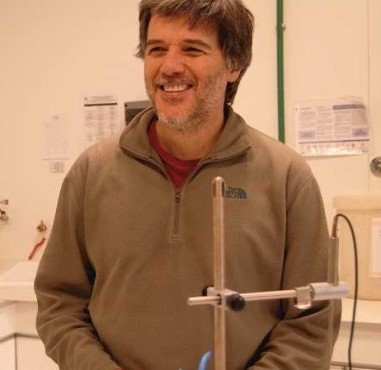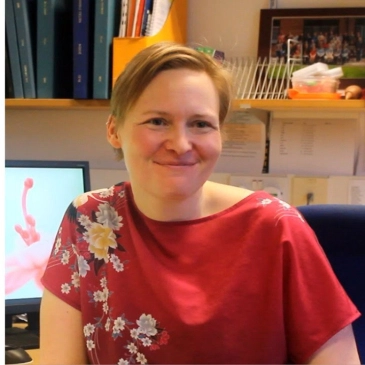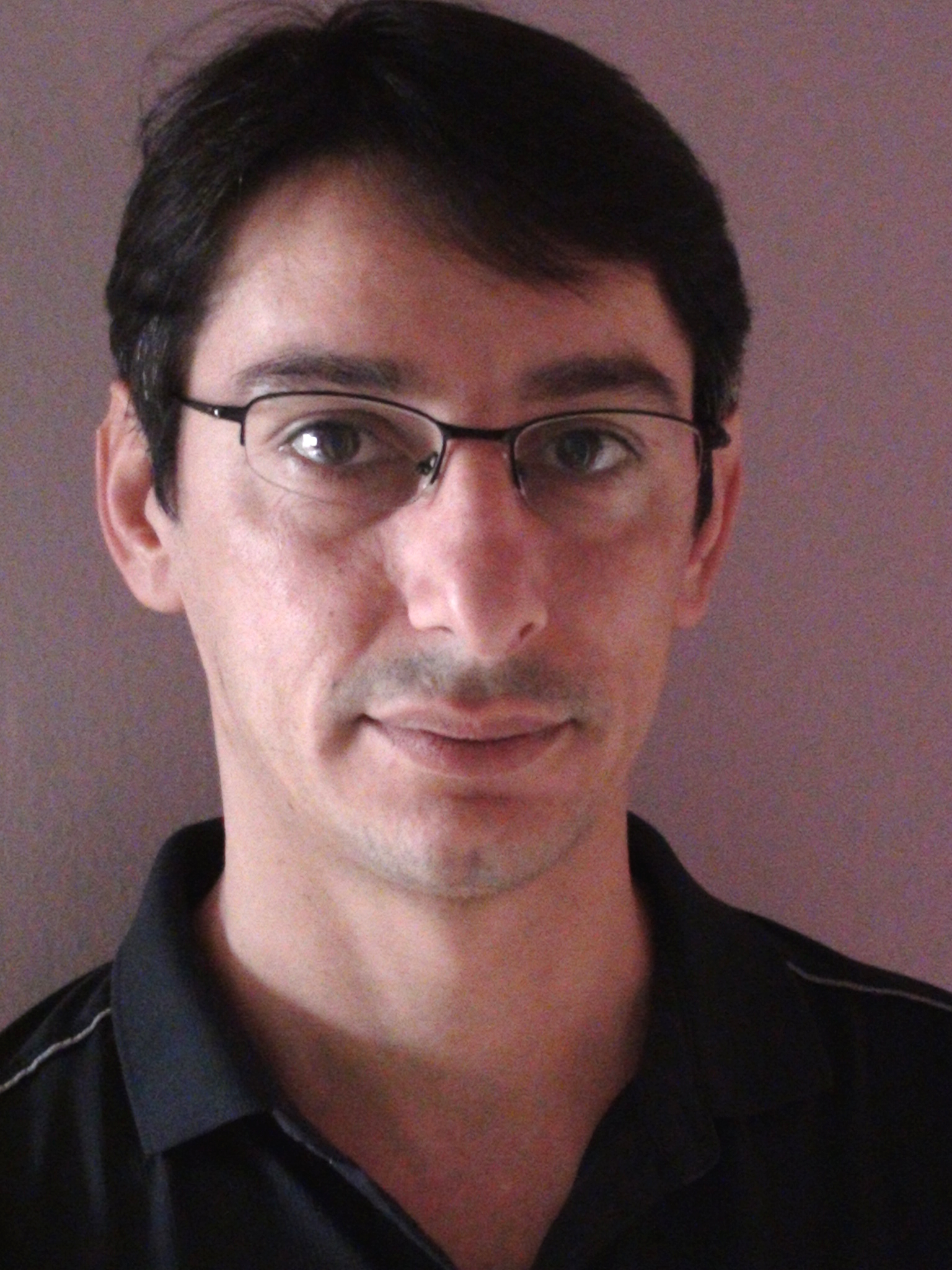Prof. Hernán Pastoriza
Instituto Balseiro, Centro Atómico Bariloche, Argentina
http://fisica.cab.cnea.gov.ar/bt
July 18, Wednesday, 9:00 – 10:00 AM
Towards an automated microviscometer for clinical use
Viscosity is a key parameter on studying and managing fluids. There are many work done in the literature on measuring viscosity using microfluidic systems and in this talk I’ll describe our approach towards obtaining a automated measuring viscometer based in capillarity. The major causes of human deaths in the world are those related with circulatory problems and such there are plenty of scientific evidence that blood and/or plasmas viscosity play a fundamental role on predicting those problems. However, blood viscosity it is not routinely determined in the clinical practice mainly due to the difficulty on operation current measuring apparatus present. Our development has focused in this application which combines many requirements.
Prof. Nicole Pamme
University of Hull, UK
http://www.pammegroup.org/
July 18, Wednesday, 2:00 – 3:00 PM
Microfluidic approaches to environmental analysis and clinical diagnostics
Microfluidic devices offer the possibility for in-the field analysis of environmental pollutants and point-of-care analysis in the clinical context, provided the devices are portable, require only minimal external instrumentation and little power and are robust. In our group, we have are developing paper-based microfluidic devices for analysis for citizen-science approaches in the study of pollutants in river water. We are also investigating a simple magnetic particle based extraction method, IFAST (immiscible filtration based on surface tension), for pathogen isolation from clinical and environmental matrices in collaboration with researchers in South Africa and Kenya.
Prof. Patrick Tabeling
Institut Pierre Gilles de Gennes, France
https://www.mmnlab.com/
July 19, Thursday, 9:00 – 10:00 AM
Recent applications in the domain of droplet based microfluidics
Droplet based microfluidics is a domain that has substantially expanded in the last twenty years and is still growing. The initial idea was to use droplets as microreservoirs, and perform biochemical reactions in them, at large rates, under well controlled conditions, taking advantage of the natural mixing generated by recirculating flows developing inside the droplets. Today, this idea is still inspiring the domain, but new applications recently emerged, for example in the field of material sciences, where droplet assemblies turned out to form interesting templates for the realization of photonic materials.
Prof. José Alberto Fracassi da Silva
Instituto de Química, UNICAMP, Campinas, Brasil
http://www.iqm.unicamp.br/node/5479
July 20, Friday, 9:00 – 10:00 AM
3D-Printed microfluidic devices for bioanalytical applications
Fusion Deposition Modeling (FDM) and Digital Light Processing (DLP) have been used to directly produce microfluidic devices aiming bioanalytical applications. In FDM, it was possible to improve the resolution of the technique by using a nozzle with 0.2 mm diameter. By optimizing the 3D printing process, we could successfully produce microchannels with width about 140 µm in poly(lactic acid) and 150 µm in Acrylonitrile Butadiene Styrene. Also, we demonstrate the feasibility to integrate detection windows for optical detection on the visible range. DLP was used to produce microchip electrophoresis devices containing spiral electrodes for contactless conductivity detection. Applications on the determination of nitrite, nitric oxide, total proteins, as well as on the synthesis of gold nanoparticles are demonstrated.



